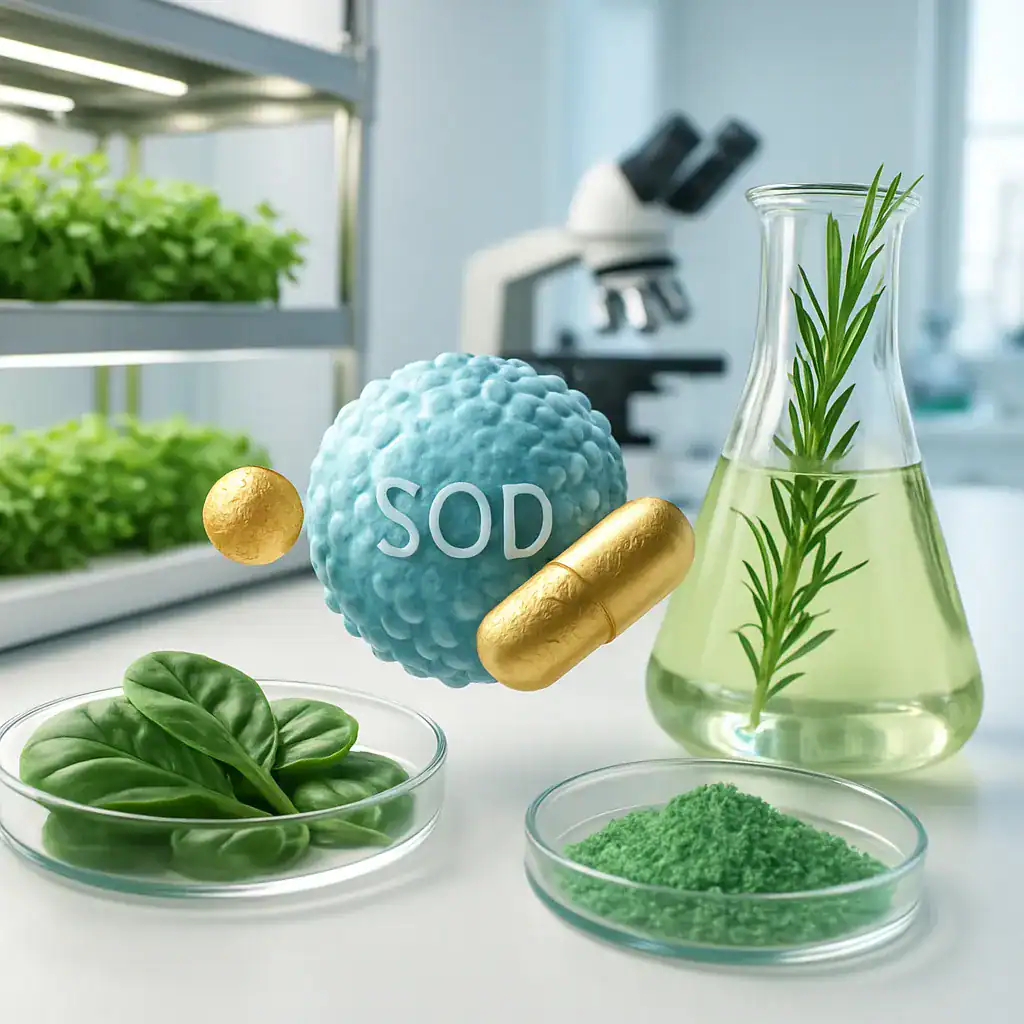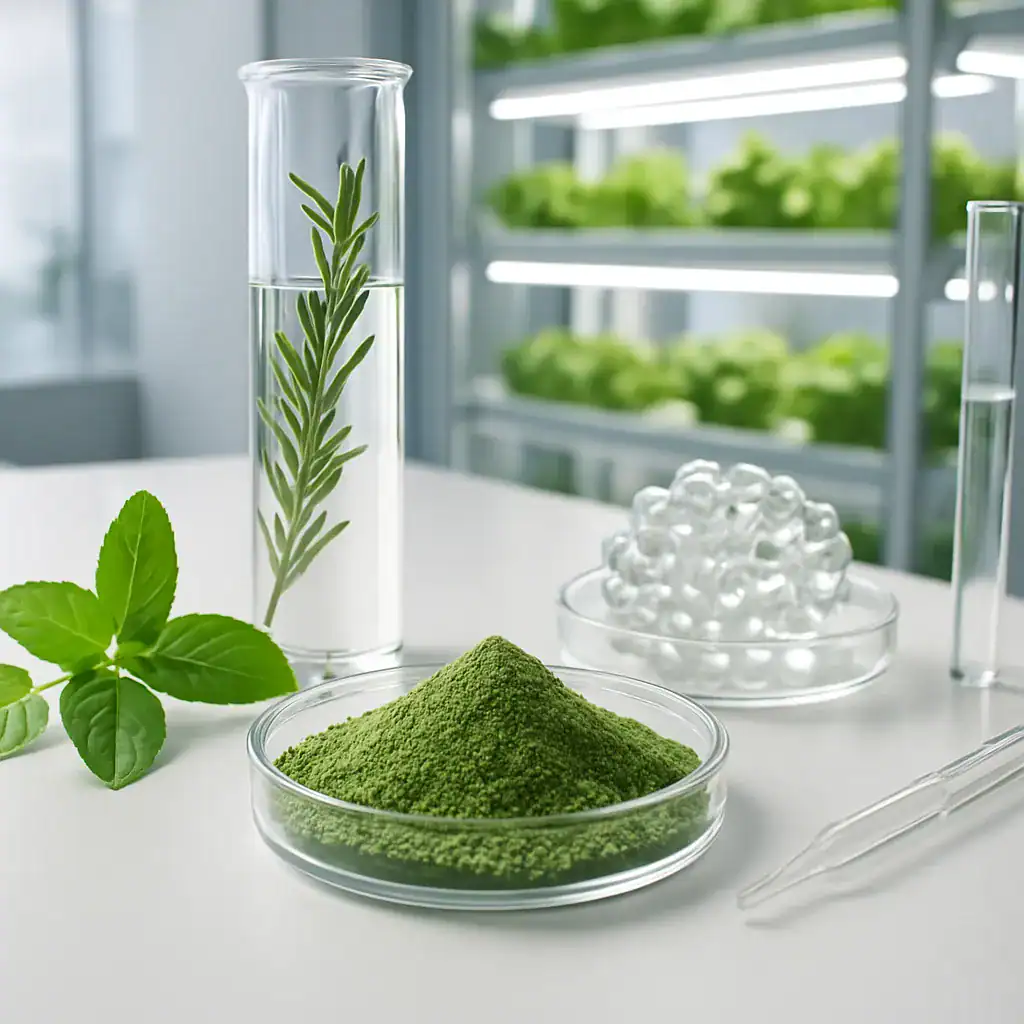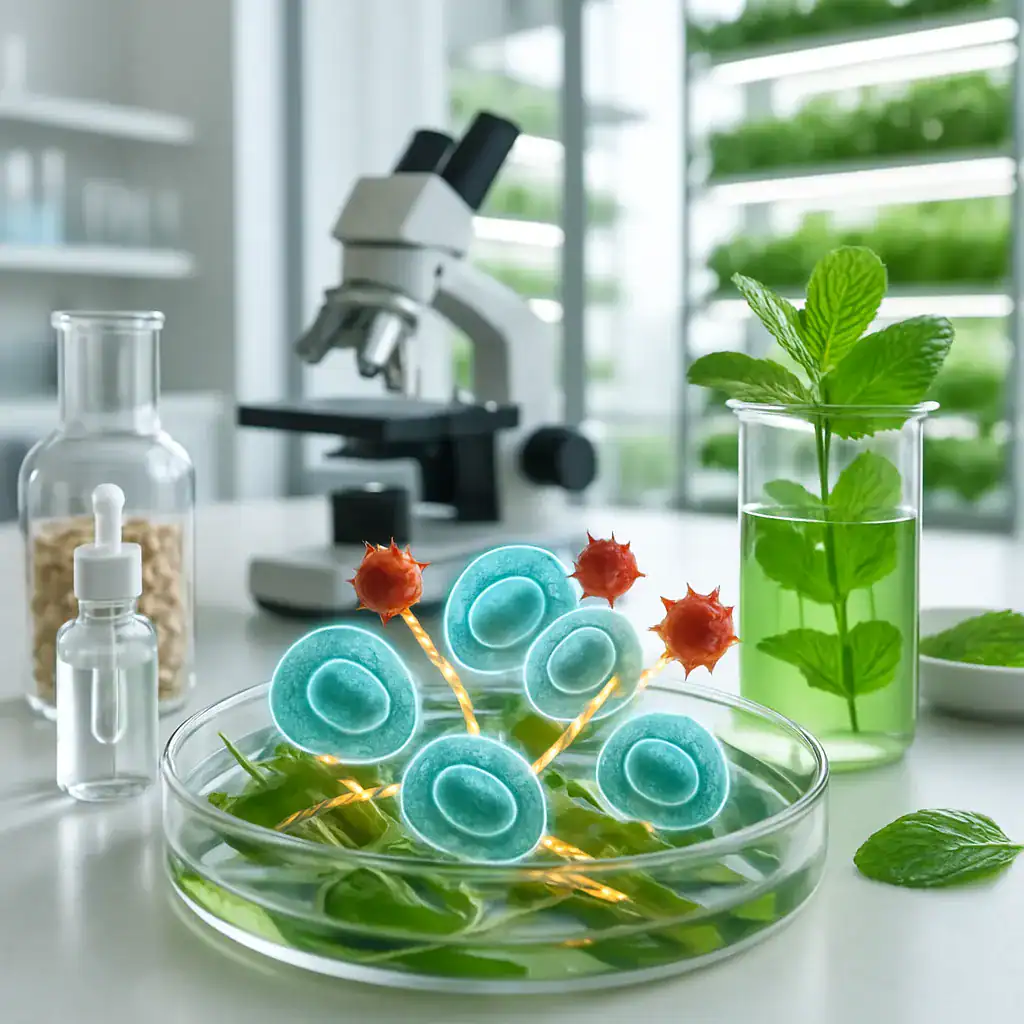Longevity superoxide dismutase levels, interesting facts you need to know
Understanding the role of superoxide dismutase in promoting healthy aging
As you age, your body faces increasing challenges from oxidative stress, a process caused by an imbalance between free radicals and your body’s ability to neutralise them. One of the body’s most vital defenses against this damage is superoxide dismutase (SOD). This naturally occurring enzyme plays a crucial role in protecting your cells from reactive oxygen species, especially superoxide radicals—highly reactive molecules that can damage DNA, proteins, and lipids. Elevated SOD activity is linked to better stress resistance, improved mitochondrial function, and potentially, increased life span.
Maintaining optimal superoxide dismutase levels not only supports physical health by protecting joints, skin, and heart but also benefits mental clarity, energy levels, and overall vitality. Scientific research suggests that boosting SOD can help mitigate age-related decline by reducing molecular damage and promoting cellular longevity. Understanding how to enhance your SOD activity naturally or through supplements is becoming a focal point in the quest for healthier aging. In today’s wellness landscape, the importance of oxidative damage prevention cannot be overstated—making superoxide dismutase a key molecule in your longevity toolkit.
Deep dive into superoxide dismutase and its impact on healthy aging
What is superoxide dismutase and how does it work?
Superoxide dismutase is an enzyme found in nearly all living cells, acting as a first line of defense against oxidative stress. It catalyses the dismutation of superoxide radicals—unstable molecules produced during normal cellular respiration—into less harmful species like hydrogen peroxide, which is then further broken down by enzymes such as glutathione peroxidase and catalase. This process significantly reduces reactive oxygen species (ROS) damage, aiding in the preservation of cellular integrity.
There are different types of SOD enzymes, including Cu/Zn-superoxide dismutase (Cu/Zn-SOD) in the cytoplasm and Manganese-containing SOD (Mn-SOD) in mitochondria. These forms work synergistically to protect various cell compartments, especially the mitochondria—the powerhouses of your cells—where reactive oxygen species are generated in abundance.
The connection between SOD and aging
Research across species — from Caenorhabditis elegans to mammals — reveals a clear link between heightened SOD activity and increased life span. For example, genetic modifications that increase SOD expression in model organisms often result in enhanced stress resistance and longevity. Conversely, reducing SOD levels accelerates aging processes, with increased lipid peroxidation and DNA damage.
Mechanisms behind this include the enzyme’s ability to neutralise superoxide radicals before they cause molecular damage. This interference with oxidative pathways decreases the accumulation of oxidised proteins and reduces harmful reactive nitrogen species, thereby maintaining cellular health.
Boosting superoxide dismutase levels for healthier aging
- Natural extracts rich in SOD, such as derived from plants and algae, have been developed to boost levels of this enzyme.
- Innovative bioactive compounds like plant-derived exosomes help deliver SOD effectively, enhancing its bioavailability.
- Sustainable sourcing from vertical farming botanics ensures your supplement contains pure, natural ingredients.

Our Key Areas of Expertise

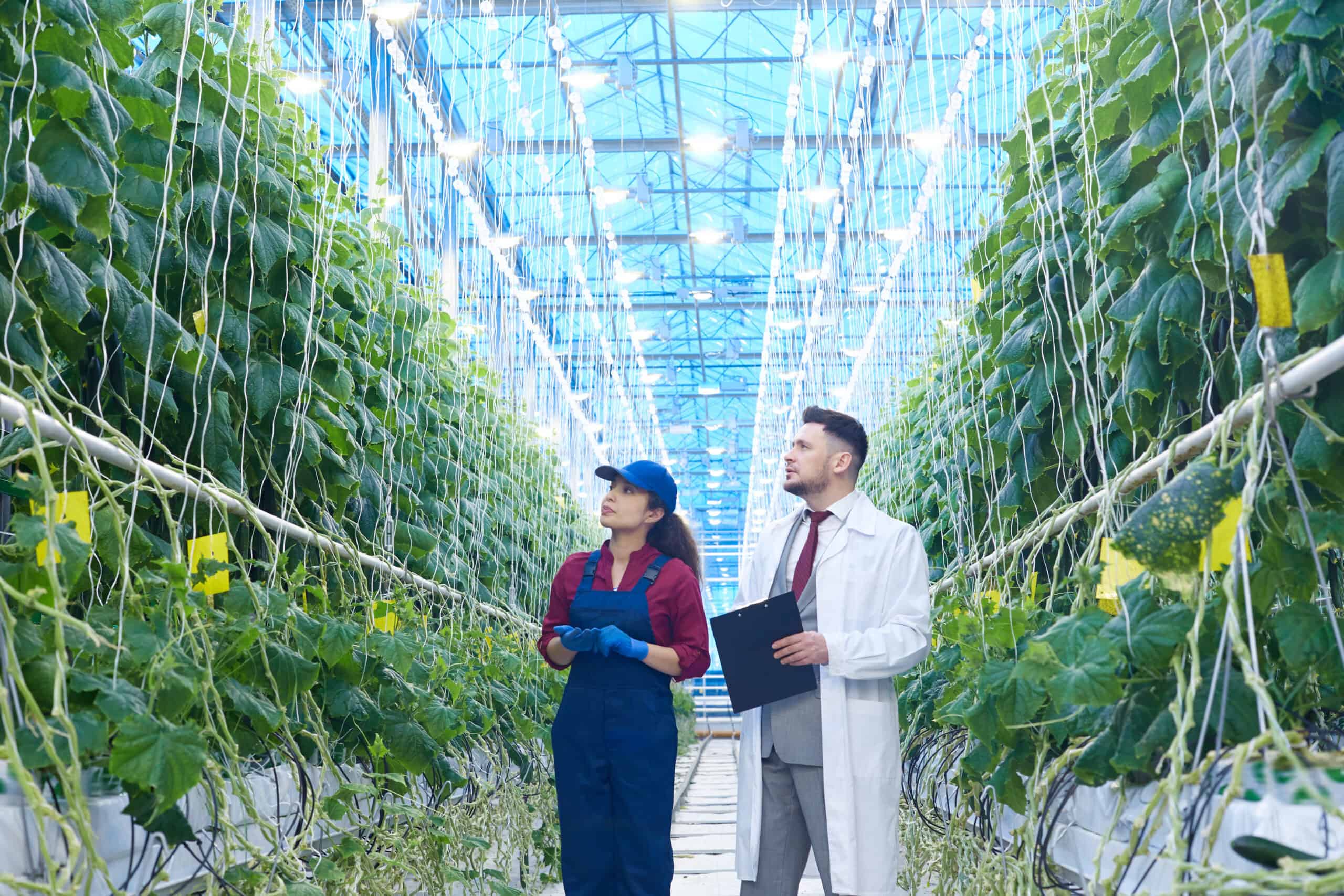

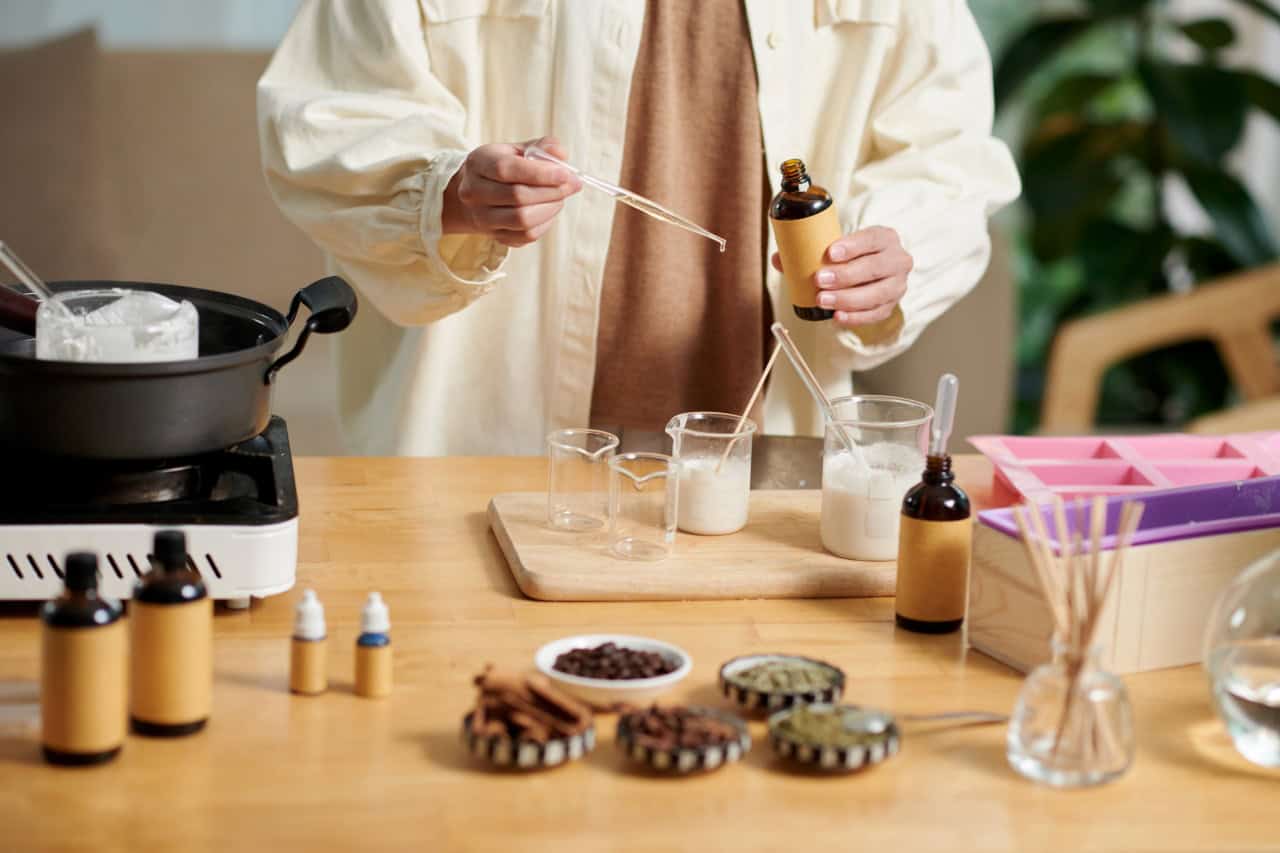
Health benefits of maintaining high superoxide dismutase activity
- Protection against oxidative damage in skin, joints, and internal organs
- Reduced lipid oxidation and protein oxidation associated with aging
- Enhanced stress resistance against environmental and metabolic challenges
- Mitigation of chronic inflammatory conditions linked to lower SOD levels
- Support for mitochondrial health and mitochondrial respiration, essential for energy production
Manufacturing considerations for SOD-based products
Producing effective nutraceuticals involves complex processes to preserve SOD activity. Techniques include:
- Utilising natural extraction processes without chemicals
- Developing new nanodelivery systems to enhance bioavailability
- Incorporating extracellular SOD for targeted protection
- Ensuring stability during production and storage to maintain enzyme efficacy
Moreover, formulations often include catalase mimetics and other antioxidant support compounds, creating a comprehensive defense system against oxidative stress.
Future prospects in longevity research
Emerging studies are exploring how gene expression of sod genes influences aging. Techniques like RNA interference and gene knockout models help scientists understand how boosting or inhibiting SOD affects life span regulation. Ongoing research in mammals and mitochondrial mutants continues to highlight the central role of SOD enzymes in health span extension.
Incorporating these scientific insights into supplement development may soon lead to targeted strategies for increasing longevity superoxide dismutase levels in humans, further enhancing health outcomes.
Summary of key points
- Superoxide dismutase is essential for neutralising superoxide radicals, reducing oxidative stress
- Different forms—Cu/Zn-SOD, Mn-SOD—protect specific cell regions
- Enhanced SOD activity correlates with increased life span in model organisms
- Natural and nanotech delivery systems improve bioavailability
- Maintaining high SOD levels supports skin, joints, heart, and mitochondrial health
R&D Consultancy
Discover how PhNóva’s R&D Consultancy can help transform your idea into a market-ready solution — with expert support in formulation, regulatory compliance, and innovative delivery systems to give your product a competitive edge.
FAQ's about Longevity superoxide dismutase levels, interesting facts you need to know
How does superoxide dismutase improve longevity?
Superoxide dismutase neutralises superoxide radicals, reducing oxidative damage to cells, DNA, and proteins. Higher SOD activity slows cellular aging, supports mitochondrial function, and enhances stress resistance, all of which contribute to a longer, healthier life.
Can supplementing with SOD increase my lifespan?
Research suggests that boosting SOD levels through supplements or functional foods can improve antioxidant defence, decrease molecular damage, and potentially extend health span. However, lifestyle factors also play a crucial role.
What are natural sources of superoxide dismutase?
Plant extracts such as barley grass, wheatgrass, and certain algae are rich in SOD. Some formulations utilise microencapsulation and nanodelivery to enhance absorption and activity of these natural sources.
How do nanodelivery systems enhance SOD bioavailability?
Nanodelivery methods protect SOD enzymes during digestion, facilitate their absorption through cell membranes, and target delivery to mitochondria, making supplementation more effective.
Is there a difference between mitochondrial and extracellular SOD?
Yes. Mitochondrial SOD (Mn-SOD) operates inside cell mitochondria, protecting energy production sites. Extracellular SOD (EC-SOD) acts outside cells, neutralising superoxide radicals in blood and tissues, providing systemic protection.
Can increasing SOD reduce signs of aging in the skin?
Absolutely. Since oxidative damage affects skin’s collagen and elastic fibres, increasing SOD activity can help prevent wrinkles, age spots, and skin sagging caused by photoaging and environmental stress.
What role does SOD play in preventing chronic diseases?
By reducing oxidative stress, SOD decreases inflammation and cellular damage that contribute to cardiovascular diseases, neurodegenerative conditions, and diabetes, supporting overall health longevity.
Get in Touch with PhNóva
Have questions or need expert guidance? Contact us today — our team is ready to assist you with tailored solutions for your formulations.

28/07/2025



